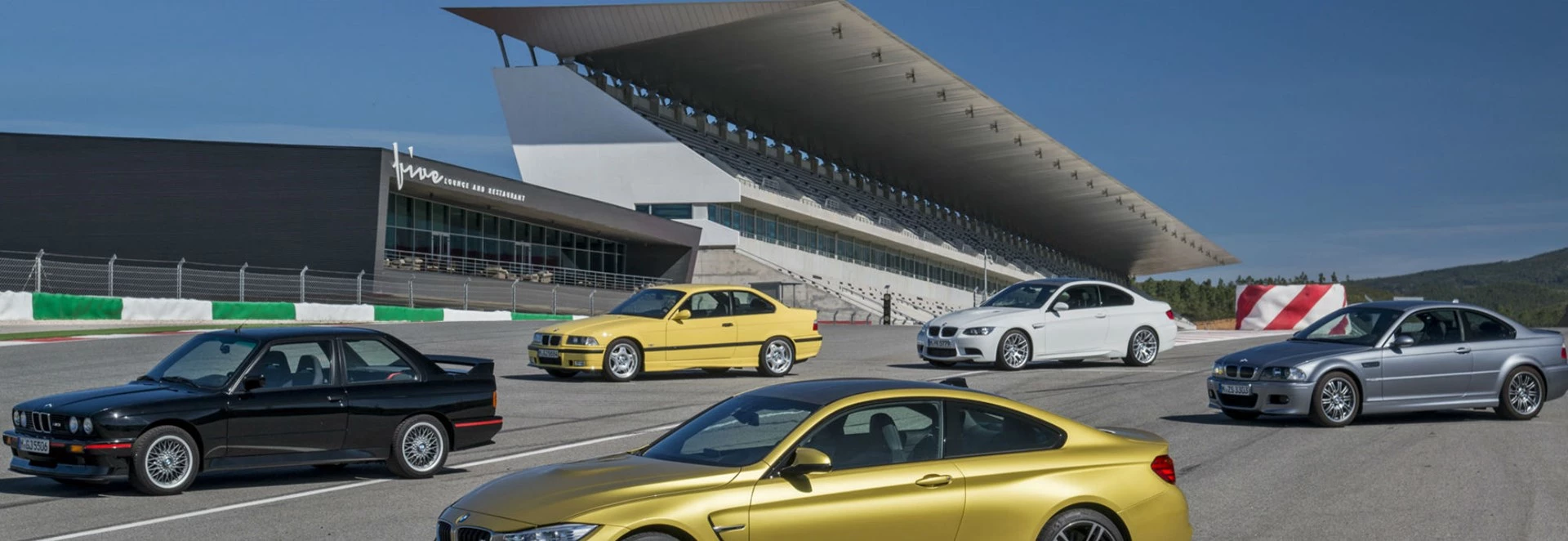Believe it or not, the iconic BMW M3 is now 30 years old, and to celebrate three decades of the world’s premier performance saloon BMW has unveiled a limited-edition version called the M3 30 Jahre Edition.
More powerful than the standard M3 and limited to just 30 examples coming to Britain, the 30 Jahre Edition is the latest in a long line of exclusive and revered versions of the M3.
Below we take a look at some of the greatest special edition M3s of yesteryear, which have all helped set the bar as some of the most important cars of their era.
E30 Sport Evolution
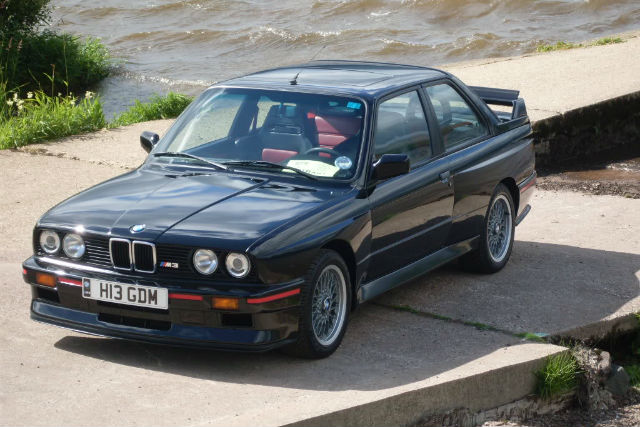
Engine: 2.3-litre inline four
Horsepower: 238 bhp
Weight: 1,200 kg
0-62mph: 6.5 seconds
Top speed: 154 mph
The car that started it all, the original first-generation E30 M3 was the first car to wear the now famous M3 badge and helped pioneer the performance saloon format.
Three decades later the E30’s legacy still lives on, and there’s little that can be said about it that hasn’t been said a million times before. Legendary amongst car fans, the E30 M3’s nickname of “God’s Chariot” is for many all they need to know.
Based on the second-gen 3 Series, the original M3 delivered razor-sharp dynamics and a lightweight driving experience, something which played no small part in winning it the record for the most motorsport wins in history.
Although the E30 M3 made a now-comparatively piddly 217 horsepower, in 1990 BMW made a special edition called the M3 Sport Evolution which added, among other things, a significant power bump and a 34kg reduction in weight.
Only 600 Sport Evolution models were made and today it remains arguably the greatest of the E30 generation and one of the most sought-after BMW cars of all time.
E36 M3 GT
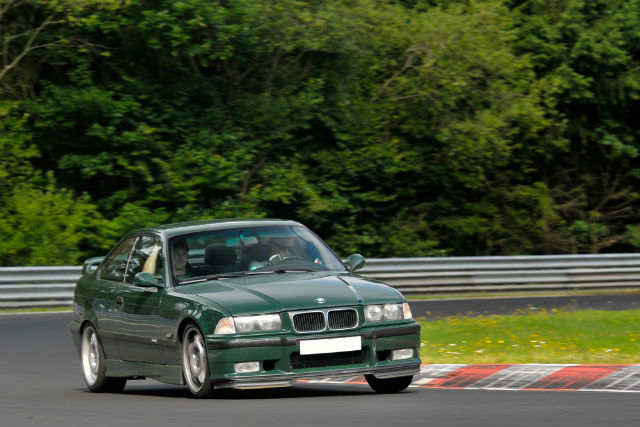
Engine: 3.2-litre straight six
Horsepower: 295 bhp
Weight: 1,460 kg
0-62mph: 5.9 seconds
Top speed: 155 mph
By some measures, the second-generation M3 has always been the runt of the litter on paper at least. The least obviously aggressive, the E36 was designed to be as much a luxury car as a performance model.
Yet in spite of this and the fact that the E36 was the model with the lowest output save for the original, it’s regarded by many to be one of the best M3s ever made, thanks to its deft handling and balance.
The E36 also saw the debut of BMW’s newly-introduced variable camshaft technology, known as VANOS. Similar in effect to Honda’s revered VTEC technology, VANOS could change the position of the engine’s camshaft to deliver more power in response to how hard it revved.
Upon its arrival in 1992, it broke two world records for its horsepower per litre and torque per litre, and the E36 M3 was also the first model to come with the options of a convertible body style and an automatic gearbox.
Three years later, BMW rolled out the E36 M3 GT, a limited run of just 356 to homologate the car for motorsport. Famously finished in British Racing Green and featuring a deeper front splitter and large rear wing, the GT also had a larger, more powerful engine and was much lighter than the porky regular E36.
E46 M3 CSL
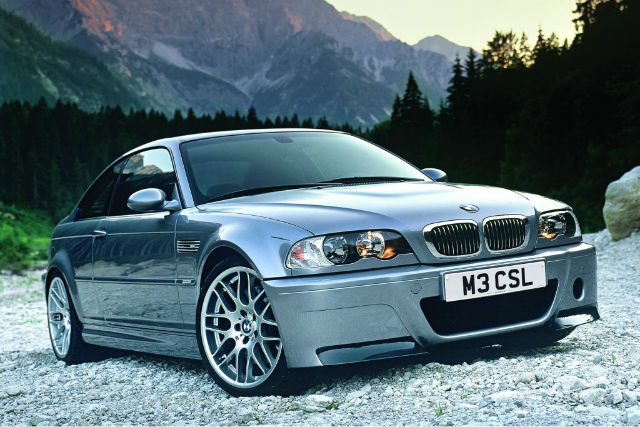
Engine: 3.2-litre straight six
Horsepower: 355 bhp
Weight: 1,385 kg
0-62mph: 4.9 seconds
Top speed: 161 mph
However, it’s often the E46 that’s regarded as the enthusiasts’ M3, matching the raw steering feel and aggression of the E30 with the smooth revving engine and slightly more luxury touches of the E36.
It’s still one of the most commonly-seen M3s about: a staple of rallies, track days and cross country tours alike, and it still frequently crops up on lists of the best drivers’ cars ever.
Like the E36 before it, the E46 wasn’t exactly light but its suspension and responsive controls bestowed upon it a sense of connection and agility that made it feel daintier than the E46.
BMW released a special edition named the CSL in 2003, which significantly trimmed its weight and boosted its power using technology derived from the marque’s Formula One successes.
The first M3 to make extensive use of carbon fibre, the E46 CSL even sported a plastic roof to reduce weight and only 1,400 CSL-badged M3s were made, none of which were officially sold in the US.
E92 M3 GTS
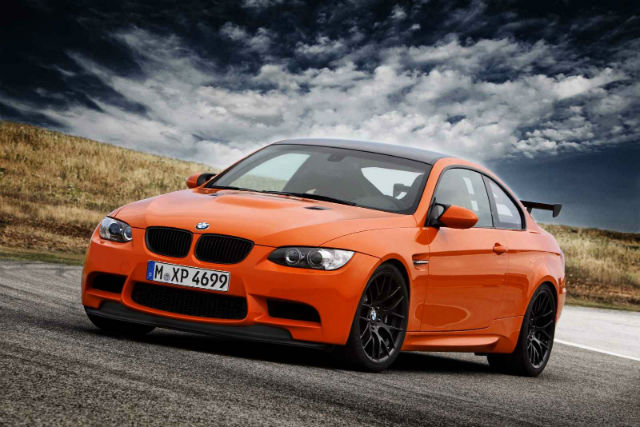
Engine: 4.4-litre V8
Horsepower: 444 bhp
Weight: 1,605 kg
0-62mph: 4.4 seconds
Top speed: 190 mph
Introduced in 2007, the fourth-generation E92 M3 marked a radical departure from previous models, swapping the inline-six engine that had defined its predecessors for a big 4.0-litre V8.
Interestingly, it was also the model that was supposed to be called the M4 before BMW temporarily scrapped the idea due to the interest in retaining the purity of the M3 name.
Despite two extra cylinders, the E92 was remarkably nimble and learned lessons from the lightweight ethos of the E46 CSL with a carbon-reinforced plastic roof and an aluminium-intensive front axle.
This attention to reducing mass coupled with the first use of a dual-clutch gearbox in a BMW meant that the standard E92 was just one second slower round the Nurburgring than a V8-powered Audi R8.
Three years later BMW unleashed the M3 GTS, a more hardcore and track-focused version which got its engine bored out to 4.4-litres and an additional 30 horsepower over the standard model. Only 135 were made, and each came with a roll cage and a fire extinguisher as standard, true to its race-ready design.
F82 M4 GTS
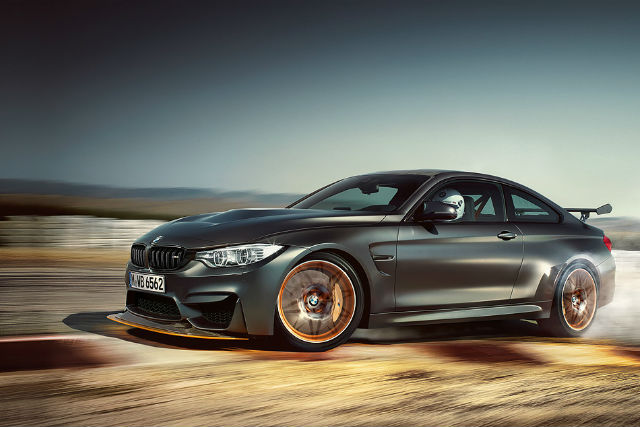
Engine: 3.0-litre twin-turbo straight six
Horsepower: 493 bhp
Weight: 1,510 kg
0-62mph: 3.8 seconds
Top speed: 190 mph
In 2014 BMW carried through with its plan to split the names of its range, with the M3 badge used for the four-door saloon and the coupe version renamed M4. However, although the name might have changed the spirit of the car is still the same.
Efficiency, weight reduction and sheer mind-boggling power define the latest version of the original M3’s bloodline, with both the F82 M3 and M4 featuring a carbon fibre roof and aluminium chassis construction as standard.
However, it’s the special edition version of the M4, the M4 GTS, which has grabbed the most headlines recently, thanks to its significant power increase and cutting-edge technological advancements.
The fifth-gen M3 and M4 mark a return to the inline-six engine, but the GTS features a novel water injection system which sprays a mist of water into the cylinders to reduce temperatures and allows the twin turbochargers to produce higher boost pressures for more power.
Clad in carbon fibre, riding on sticky Michelin Pilot Sport Cup 2 tyres and with carbon ceramic brakes as standard, the M4 GTS is faster around the Nurburgring than a Ferrari 458 Italia and is arguably the most special version of the M3/M4 family yet.
Priced from £120,770 and limited to only 700 cars worldwide it’s also one of the most expensive, but given the special editions’ penchant for pioneering technology that comes as standard on later versions, we can only guess at what will come next.
